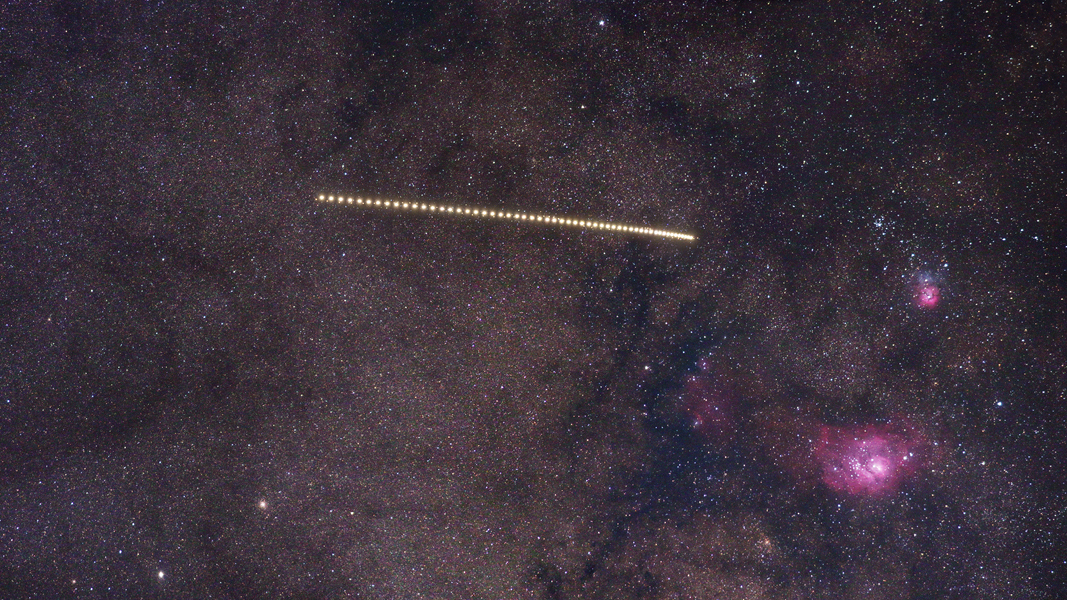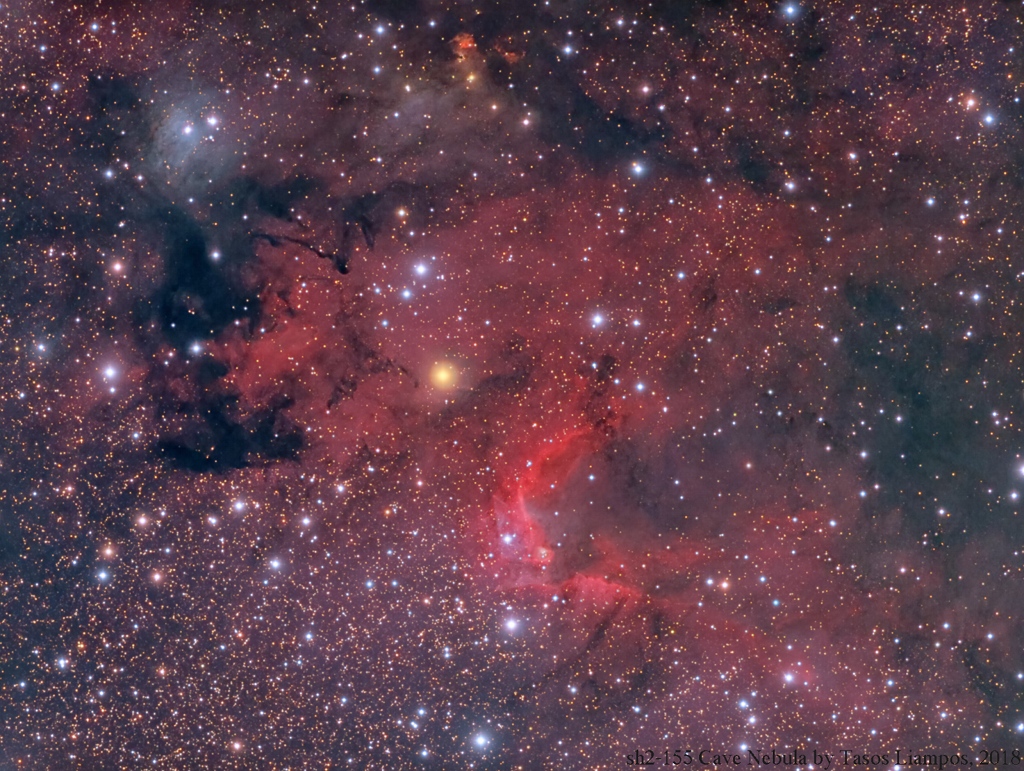
55 Nights with Saturn

Apollo 7 Crew Trains to Test Technology for Missions to the Moon
NASA to Air Administrator’s Message Marking Agency 60th Anniversary
NASA will air a recorded message from Administrator Jim Bridenstine at 1 p.m. EDT Monday, Oct. 1 to commemorate the agency’s founding 60 years ago. The message will be broadcast live on NASA Television and the agency’s website.
from NASA https://ift.tt/2NL5v7w
via IFTTT![]()
‘Year of Education on Station’ Wraps up with Live Earth-to-Space Call Between Students, NASA Astronaut in Orbit
NASA is celebrating the conclusion of its Year of Education on Station (YES) initiative with a final educational Earth-to-space call, allowing students and others to speak to an astronaut living and working aboard the International Space Station.
from NASA https://ift.tt/2N4V4GI
via IFTTT![]()
The Light, the Dark, and the Dusty

Astronaut Michael Lopez-Alegria Works on Constructing the International Space Station

NASA Awards Contract for Archive Center Operations
NASA has awarded a contract to the University of Alaska at Fairbanks for the continued development and operation of the Synthetic Aperture Radar (SAR) Distributed Active Archive Center (DAAC) for NASA’s Earth Observing System Data and Information System.
from NASA https://ift.tt/2xHGTSX
via IFTTT![]()
NASA Awards Contract for Custodial Services
NASA has awarded a contract to Brevard Achievement Center, Inc., of Rockledge, Florida, for custodial services at the agency’s Kennedy Space Center in Florida.
from NASA https://ift.tt/2NL0trC
via IFTTT![]()
NASA Awards Contract for Climate Pathfinder Mission Instrument
NASA has awarded a contract to the University of Colorado Boulder’s Laboratory for Atmospheric and Space Physics (LASP) for development of a reflected solar spectrometer for the agency’s Climate Absolute Radiance and Refractivity Observatory (CLARREO) Pathfinder mission.
from NASA https://ift.tt/2xJemwr
via IFTTT![]()


